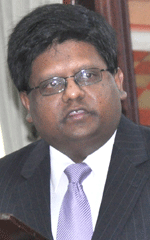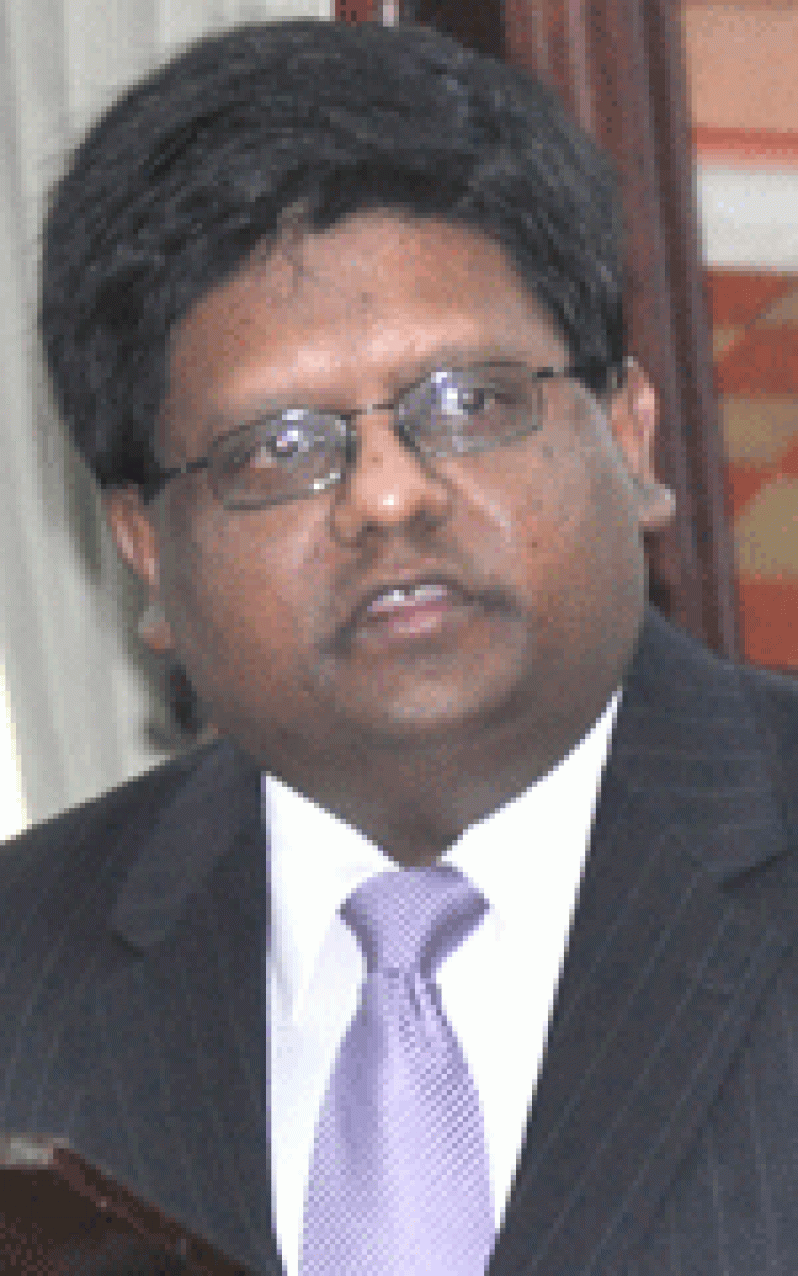-more people investments
“ONE of the hallmarks of successive PPP/Civic Governments has been our steadfast commitment to investment in the social sector, reflecting our firm conviction that there is no investment more important than that made in our people.”  Those were the words of Finance Minister; Dr. Ashni Singh before he announced the 2012 allocations budgeted for the social sectors, whose very policies are designed with the Guyanese citizenry in mind.
Those were the words of Finance Minister; Dr. Ashni Singh before he announced the 2012 allocations budgeted for the social sectors, whose very policies are designed with the Guyanese citizenry in mind.
From the ever-increasing number of vehicles that traverse Guyana’s roadways on a daily basis, to the emergence of vibrant housing schemes with the necessary supporting infrastructure, to the attainment of universal primary education with the highest school attendance rate to date, to the availability of modern health services, treated water at the turn of a tap in several areas, and improved infrastructure, are only but a few examples of the services that are now at the disposal of Guyanese citizens countrywide.
Recognising that education is the only way through which the plague of poverty can be eradicated, successive budgets under the PPP/C administration have always allocated the largest chunk to the education sector; and this year, it is no different, as a significant $26.5B has been provided, an increase of $2.2B from last year’s allocation, which was a $2.5B increase over the 2010 allocation.
The obvious pattern of continuity that is reflected in successive budgets can therefore not be denied by even the toughest anti-government critic. No new taxes are introduced; increases across sectors are evident, and the working-class always emerge as beneficiaries from additional disposable income.
Again this year, a massive threshold leap from $40,000 to $50,000 per month, will see some 21,000 people completely removed from the income tax net, and over $3B of additional disposable income will be placed in the hands of the working-class.
While all of this is happening in 83,000 square miles Guyana, with a small economy, sister CARICOM country, Barbados’ economy, notwithstanding the tax increases, recorded revenue earnings of $2M less in 2011 than it did in the previous year.
Guyana on the other hand, is experiencing its fifth year of real growth in gross domestic product averaging 4.4 percent.
In 2011, the domestic economy achieved real growth in Gross Domestic Product (GDP) of 5.4 percent (sixth consecutive year of positive growth in Guyana), inflation remained within acceptable norms at 3.3 percent, interest rates continued to trend downwards, and foreign exchange market remained buoyant and recorded a 17.7 percent increase in activity.
The economy is projected to extend its six-year stretch of uninterrupted growth into a seventh year in 2012, with overall growth projected at 4.1 percent, with the non-sugar economy projected to grow by 4.0 percent.
Meanwhile, recently in Antigua, it was reported that the government was looking to rake in $90M more by enforcing additional taxation. Guyana, on the other hand, has been presented with yet another budget that entails no new taxes and with an increased income tax threshold that will guarantee every tax-paying worker more income.
Only recently, the International Monetary Fund (IMF) stated that, “ Jamaica’s ‘fragile’ economy faced ‘strong risk’ of a downturn with high unemployment, high government spending, and lower tax revenue at home, and high oil prices and an economic slowdown abroad.”
On the other hand, it has commended Guyana for the robustness of its economy, while Prime Minister of St Vincent and the Grenadines, Dr. Ralph Gonsalves, described Guyana as the ‘Shining Star of the Caribbean”. In fact, the regional international outlook of the IMF identifies Guyana among the resource exporting countries of the Caribbean, and by extension, the most outstanding economic performer of recent years.
Notably, in jurisdictions where new taxes are being introduced and benefits are being slashed, Guyana is prepared to spend billions in training teachers and medical professionals, building schools, roads, health facilities and other infrastructure, while, at the same time, increasing benefits such as old age pensions and public assistance, and has still managed to position itself for a 4.1 percent real economic growth.
In light of all this, it came as no shock when Minister Singh concluded his debate saying, “Budget 2012 is built around objectives with which very few could rationally disagree. The achievement of higher levels of sustainable real growth in the economy, preserving the conditions necessary for private investment and job creation, expanding and upgrading our country’s infrastructure, raising access to and improving quality in our social services, and making steady advances on all of our key social indicators, further strengthening of our public institutions, goals that would readily be embraced by all.”
Budget allows for further social and economic expansion
SHARE THIS ARTICLE :
Facebook
Twitter
WhatsApp



.jpg)








